TU-28P:
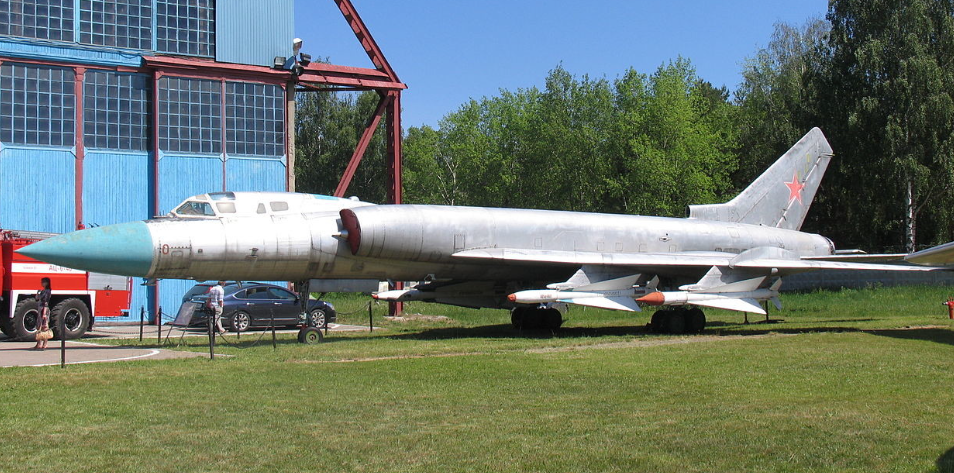
The Tupolev Tu-28 (NATO reporting name Fiddler) is a long-range interceptor aircraft introduced by the Soviet Union in the 1960s. The official designation was Tu-128,[2] but this designation was less commonly used in the West. It was the largest and heaviest fighter[nb 1] ever to enter serial production.
operation history:
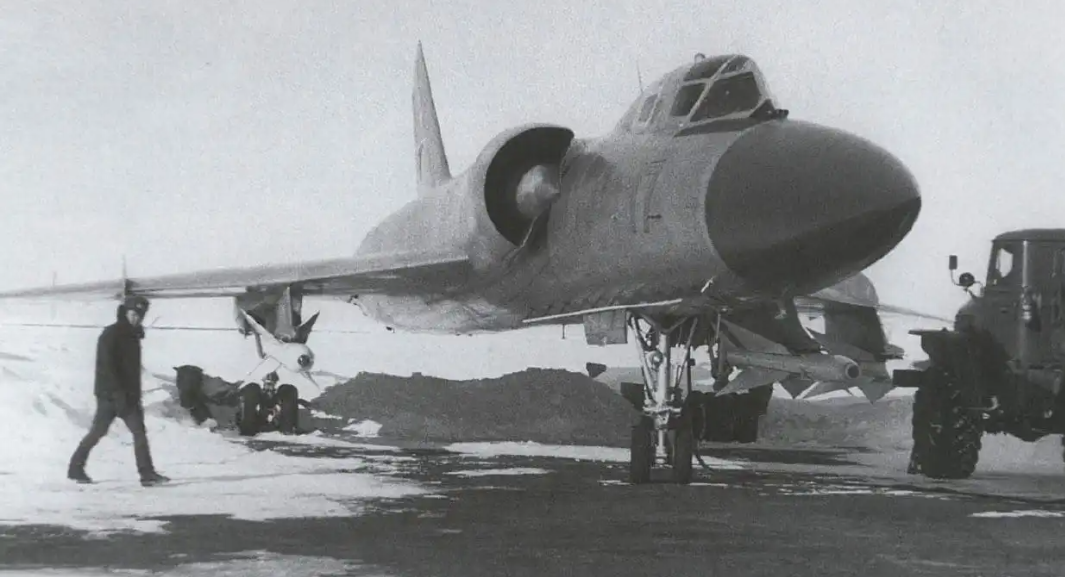
The Tu-128's only publicly reported combat operation was the destruction of NATO reconnaissance balloons. The aircraft remained in service until 1990.Through the 1980s, units armed with the Tu-128 converted to the Mikoyan MiG-31,which features more advanced sensors and weapons.
Desing and development:
Iosif Nezval[2][5] of Tupolev Design Bureau led development of the new interceptor aircraft. The work began in 1958, based on an existing single prototype of the unsuccessful Tu-98 supersonic bomber. The military designation of the interceptor was at first Tu-28, but it was changed in 1963 to Tu-128, identical to the designation used by the OKB.[1][2][5]
The Tu-128 had a broad, low/mid-mounted swept wing carrying the main landing gear in wing-mounted pods, and slab tailplanes. Two Lyulka AL-7F-2 turbojet engines[1][2] were mounted in the fuselage. The two-man crew of pilot and navigator were seated in tandem.
The Tu-128, with its maximum weight of 43 tonnes, was the heaviest fighter to enter service.[nb 1][2] A pure interceptor with high wing loading, unsophisticated but reliable avionics, and poor visibility, it was not an agile aircraft[2] and was intended only to engage NATO bombers like the B-52,[2][5] not dogfight smaller aircraft.
The interceptor made its initial public appearance in the 1961 Tushino air parade. Western experts, unaware that the bulge on the belly carried testing instruments, mistook it for a large ventral radar for a mixed interceptor/AWACS role.[3] The production version lacked the bulge and had a large nose radome housing a radar, known as RP-S[nb 4] Smerch, having a detection range of about 50 km (31 mi[2]) and a lock-on range of about 40 km (25 mi).[1]
Armament of the Tu-128 was four Bisnovat R-4 air-to-air missiles (known as K-80 during development;[1] NATO reporting name AA-5 'Ash'). Usually two of them were R-4Rs with semi-active radar homing and two were R-4T infrared-homing missiles, with the former on the outer pylons and the latter on the inner underwing pylons. There was no internal weapons bay.
Production of the Tu-128 ended in 1970 with a total of 198 aircraft having been built.[1][9]
Development of various projects designated Tu-28A, Tu-28-80, Tu-28-100, Tu-138, and Tu-148 were proposed by the Tupolev Design Bureau but all were abandoned.
Specifications
General Characteristics
- Created On Android
- Wingspan 91.3ft (27.8m)
- Length 137.7ft (42.0m)
- Height 34.7ft (10.6m)
- Empty Weight 70,888lbs (32,154kg)
- Loaded Weight 97,560lbs (44,252kg)
Performance
- Power/Weight Ratio 0.691
- Wing Loading 17.4lbs/ft2 (85.0kg/m2)
- Wing Area 5,602.3ft2 (520.5m2)
- Drag Points 16232
Parts
- Number of Parts 138
- Control Surfaces 7
- Performance Cost 660


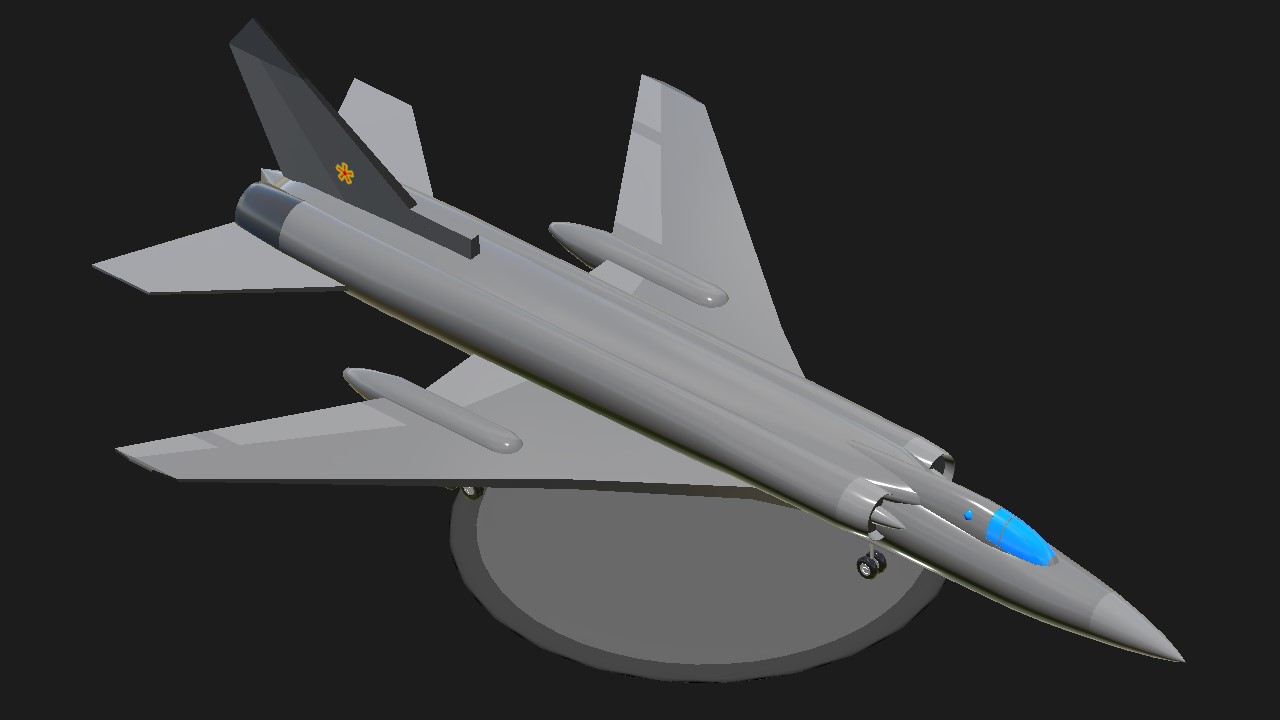
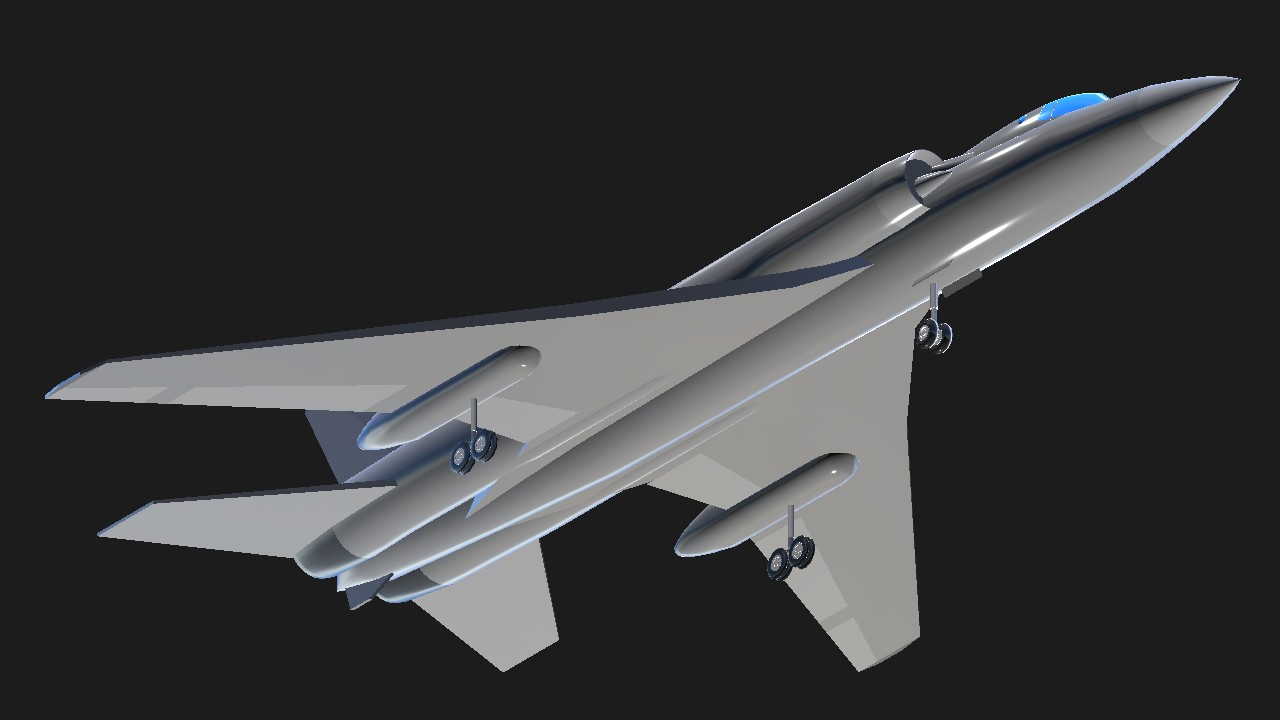
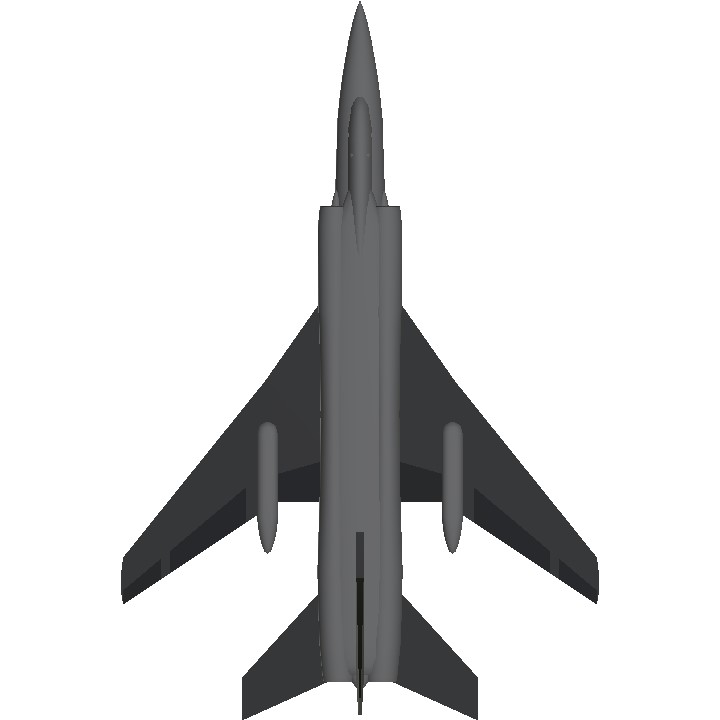
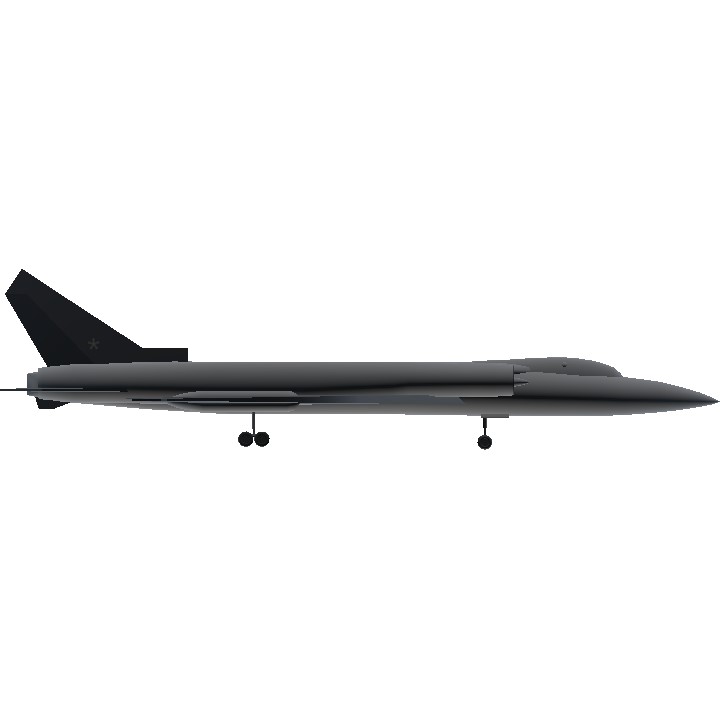

Very cool very cool pakda!!! Sigma
@Mitterbin